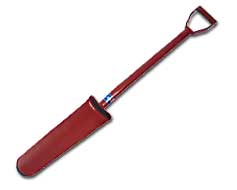In a quest to make JC more riveting, to compete with our bible writing threads, and also to make my contribution to the triviality of it all, I thought I would start this thread. It is intended to attract content of the “Wow, I didn’t know that” ilk. Maybe something you just found out rather than things you have always known. So I’ll go first, and hope I enlighten rather than bore. I didn’t know this until a couple of days ago.
The European Robin, pretty little brown bird with a red chest, and legs thick enough to support an average sized ant, has always seemed to be far too friendly for its own good. Not sure if you have an American equivalent, but in Europe, if you go out to do some gardening, then as often as not you will quickly be joined by a robin, who will come to within a foot or so of you, perch on your spade, and generally brighten your day. Robins can even be fairly easily trained to feed from your hand. I always wondered why, when other birds keep their distance.
It seems that when forests covered Britain and Europe, and wild boar roamed the glades, the robins instead used to follow the wild boar. The wild boar used their snouts to dig up the forest floor, and the robin learned that small grubs, worms and insects would be disturbed by the pigs and become available as an easy source of food. Fascinating.
So remember that, as you ride through the forest, that little robin singing so sweetly in the tree is actually saying “I wonder where that pig’s other wheel is?”
Nao

